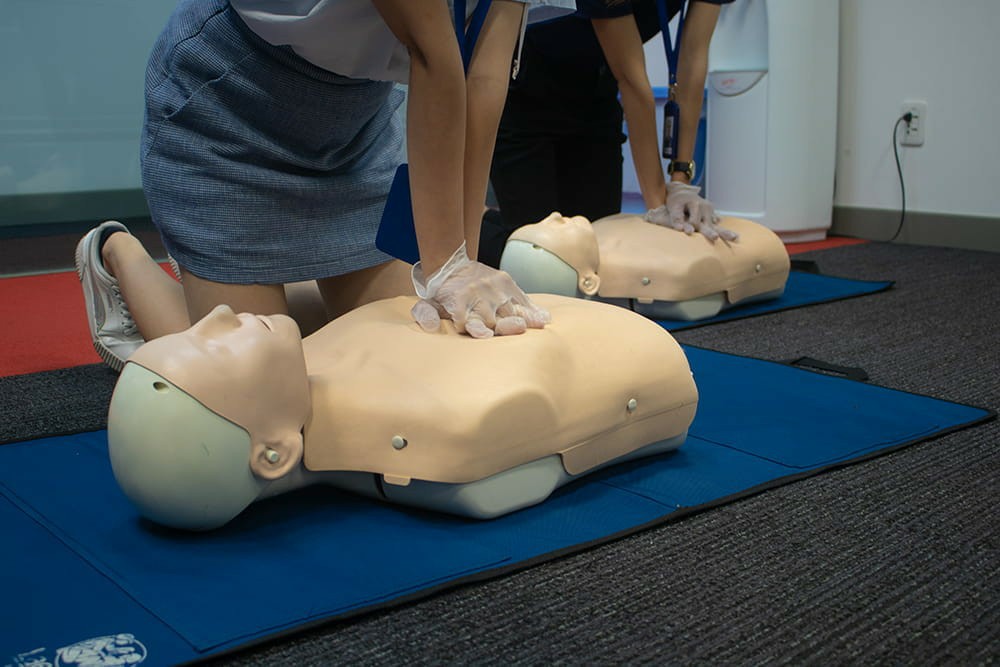


 349,500 Offered Certificates
349,500 Offered Certificates
 24/7 Online Training
24/7 Online Training
 Money Back Guarantee
Money Back Guarantee
 Fully Accredited Courses
Fully Accredited Courses

Created at: 25-02-2025 21:09
In any workplace, emergencies can occur at any moment. Whether it’s a slip and fall, a heart attack, or a sudden allergic reaction, being equipped with the right skills can make all the difference in saving lives and minimizing injuries. This is where First Aid and CPR training comes into play. This guide will explore the importance and benefits of acquiring these essential skills in your workplace.
Every employer has a duty to ensure the safety and well-being of their employees. First Aid training provides vital knowledge and skills that empower workers to respond effectively when medical emergencies occur. A well-trained workforce can act swiftly, facilitating immediate care—the difference between life and death in certain situations.
Cardiopulmonary resuscitation (CPR) is a lifesaving technique that is crucial in cases of cardiac arrest. Knowing how to perform CPR can result in a significant increase in survival rates. Here are some essential CPR techniques that every employee should know:
Health and safety regulations often dictate that businesses maintain a certain level of preparedness for medical emergencies. This includes having trained personnel on-site. Compliance with these regulations not only protects employees but also shields your organization from potential legal issues related to workplace safety.
Knowing basic emergency first aid skills such as how to treat cuts, bruises, burns, and other injuries is essential. Here are common procedures that should be part of any First Aid training course:
Choosing the right First Aid course is vital to ensure your employees receive comprehensive training. When evaluating options, consider:
Both online and in-person training methods offer unique advantages:
Investing in First Aid and CPR training is a proactive step in ensuring workplace safety and compliance with health regulations. Empower your employees with essential skills that can save lives, boost confidence, and enhance your organization’s safety culture.
Contact us today at [email protected] to learn more about our First Aid & CPR training courses and bring peace of mind to your workplace!